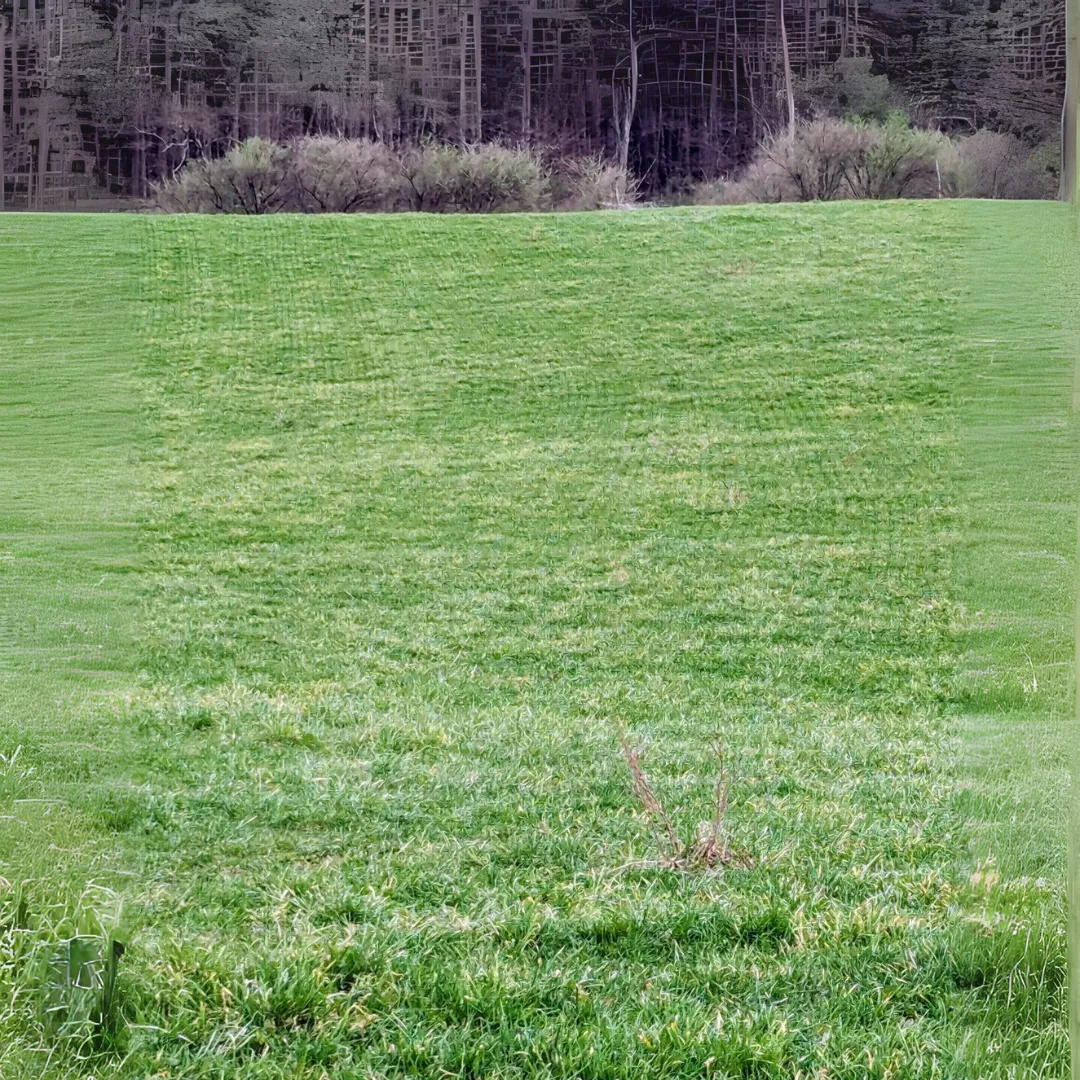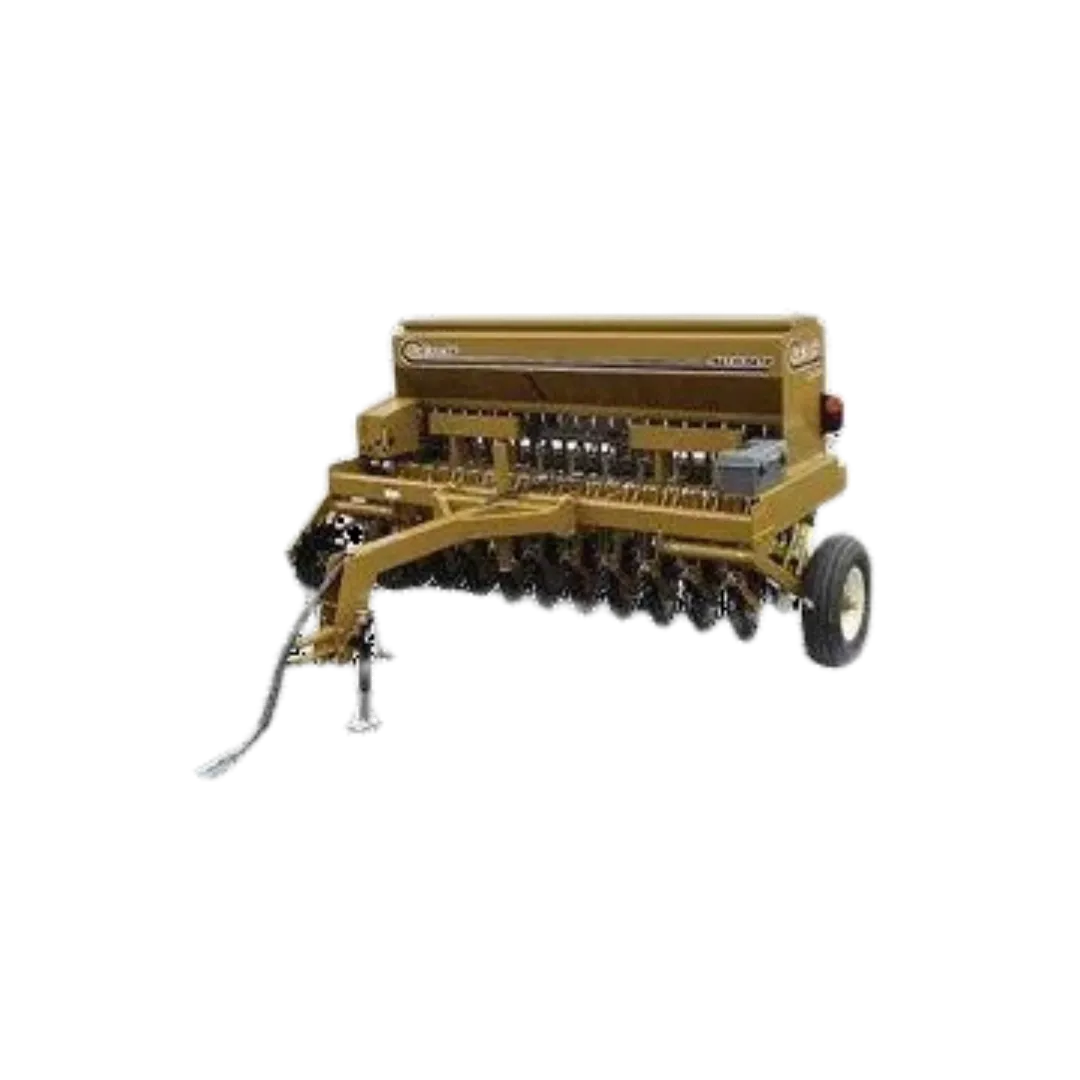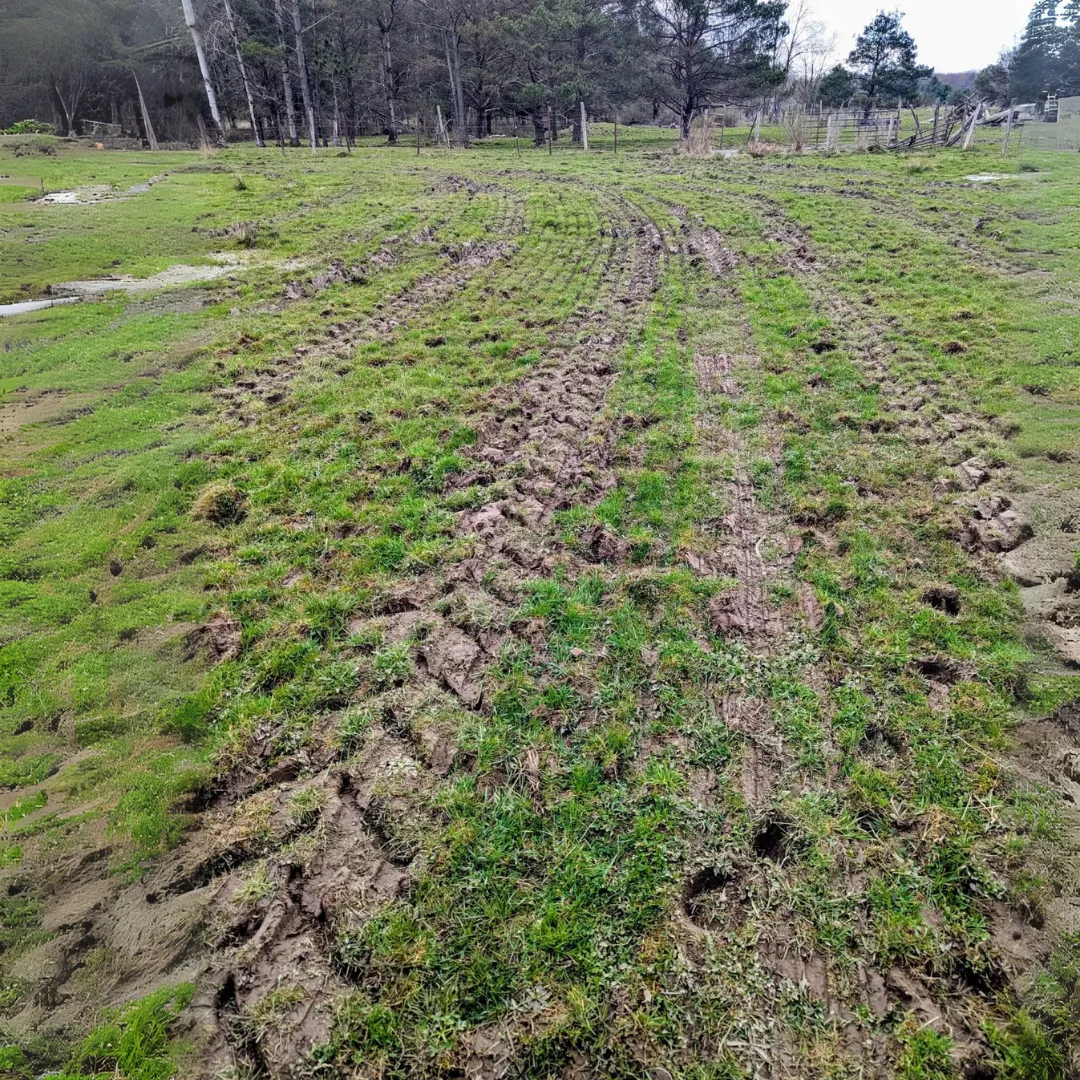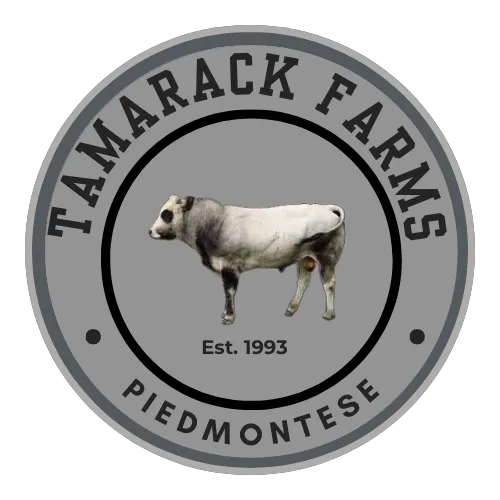Why a No Till Seeder is Essential for Regenerative Farming
So, this weekend we had just enough break in the April showers
to advance our regenerative farming journey by over seeding with
the no till seeder. If you're looking to take your regenerative
farming practices to the next level, a no-till seeder is a must. This
handy tool helps minimize soil disturbance, retain moisture, and
improve soil health - all key components of successful regenerative agriculture. By avoiding plowing or tilling the soil, you
can better preserve soil structure and organic matter, promoting a
healthier ecosystem for your crops to thrive.


Benefits of Using a No Till Seeder Farming
So, what exactly are the benefits of incorporating a no-till seeder
into your regenerative farming practices? Well, for starters, this
tool helps to reduce erosion and improve water infiltration, leading
to better soil structure and increased fertility. By keeping the soil
undisturbed, you also promote the growth of beneficial soil
microbes and earthworms, which play a crucial role in nutrient
cycling and overall soil health. Furthermore, no-till farming can
lead to higher yields and reduced input costs over time, making it
a win-win for both your farm and the environment.
Tips for Successfully Using a No Till Seeder
As with many farm tasks, using a no till seeder is a time sensitive
task. We must be mindful of timing and weather conditions when
seeding to maximize germination and establishment. You can see
here that wet areas are better to skip until the ground is less
soggy The optimal times for planting are early spring, before the existing grass becomes too tall, and fall, when there is sufficient time to allow seeds to germinate and seedlings to
establish themselves before the first frost.


Copyright ©2025 All rights reserved
Facebook
Instagram